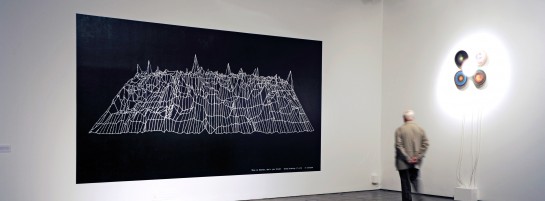
The project for A Sonic Geography began with a recognition of the vibrancy and increasing significance of various bodies of work on auditory space. Practices such as aural architecture, soundscaping, spatial music and sonic sculpture now find a non-specialist public and an institutional legitimacy that fosters future development. Moreover, theoretical research tracing sonic phenomena as cartography, site-specific signifier, or spatial strategy has acquired a new maturity in recent years. Interference wishes to progress this interaction between theoretical reflection from different domains of research and sustained practical experimentation as it generates new possibilities for auditory spatial awareness.
Full Text
